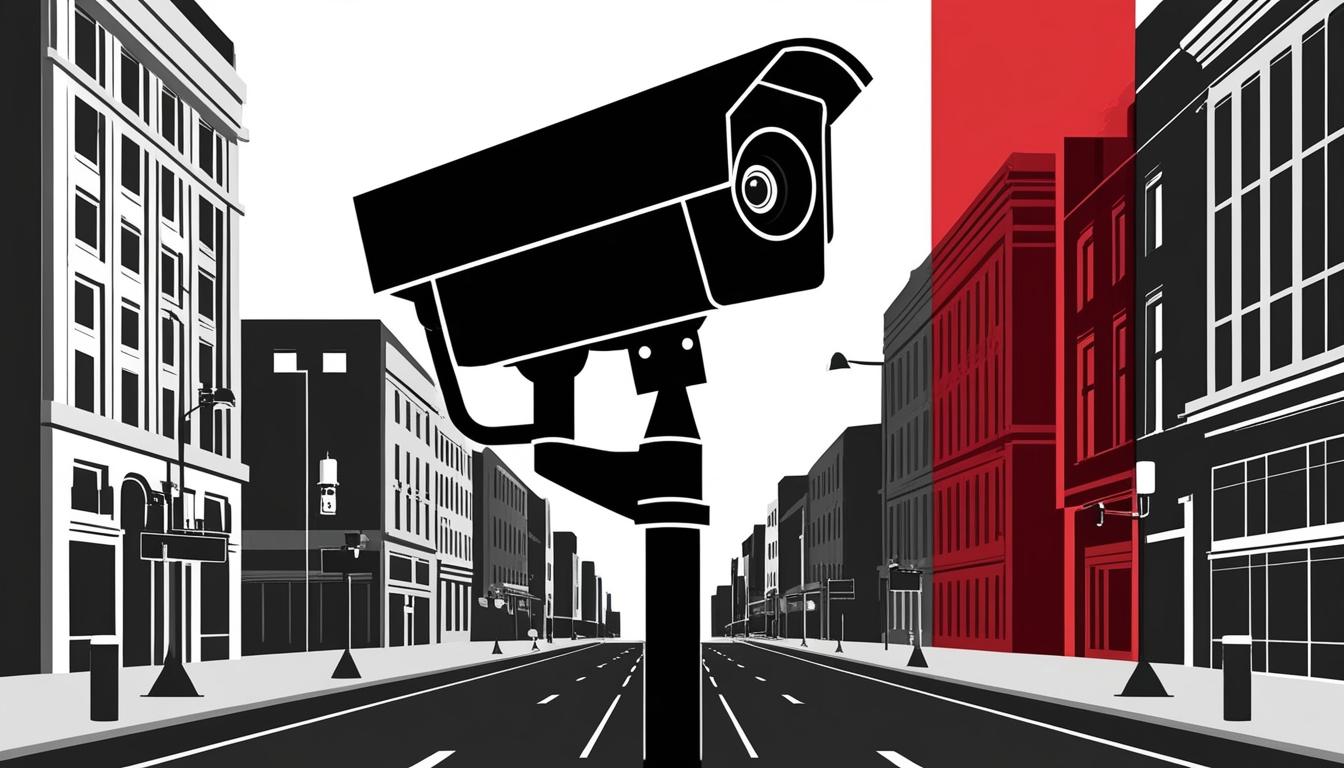In a recent development emphasising the intersection of technology and law enforcement, a man was arrested in connection with a hit-and-run incident resulting in the death of an 81-year-old woman from St. Helena, California. The arrest came after nearly a week of searching, aided significantly by FLOCK's automatic license plate reading camera system, which facilitated the identification of the suspect through autonomously captured data.
The FLOCK system utilises a cloud-based database to monitor and record license plate information, collaborating with law enforcement agencies to expedite crime-solving processes. This technology marks a shift from traditional methods where police would manually sift through security footage or check records in person, showcasing the growing capabilities of the "Internet of Things" (IoT) — interconnected devices that collect and share data to enhance urban services. These innovations are often referred to as "smart cities" technologies, aimed at improving public safety and operational efficiency.
Ethical and privacy implications are significant topics of discussion surrounding the implementation of such technologies. Jay Stanley, a senior policy analyst with the American Civil Liberties Union’s Speech, Privacy, and Technology Project, highlighted one of the critical concerns: while monitoring license plates is not inherently problematic, issues arise when data retention is not transparent. “When that license plate data is retained for an unknown amount of time and for an undetermined purpose, it could infringe on privacy and civil liberties,” Stanley remarked.
The technology used for tracking and facilitating safety in urban environments includes hardware such as cameras and various sensors. According to Nathan Kautz, a senior transportation safety engineer, these devices can streamline city operations significantly. They can even enhance emergency response capabilities by detecting accidents and adjusting traffic signals to allow rapid passage for emergency services. Florida's Strategic Highway Safety Plan from 2021 has already identified the importance of such technologies in reducing traffic fatalities.
hari Balakrishnan, a computer science and AI researcher at the Massachusetts Institute of Technology, expressed that the discussion should be focused more on the application of collected data rather than the mere act of data collection. “I might posit that we should move from what is the data being collected to what is being done with the data?” he said, emphasising the importance of understanding the purpose behind data usage.
One technological advancement that has gained traction in recent years is LiDAR, which employs laser technology to assess distances and create 3-D models of environments beneath it. Itai Dadon, Vice President of Smart Infrastructure at Ouster, noted the capabilities of LiDAR technology to comprehensively understand scenarios without compromising privacy.
Concerns surrounding ethics and privacy continue to be paramount as cities expand their use of IoT technologies. Notably, while initiatives like smart streetlights aim to promote safety and deter crime, public backlash can emerge if there is insufficient transparency regarding the data's use or potential sharing with third parties. A case in San Diego illustrates the delicate balance between enhancing public safety and addressing civil liberties concerns; after the installation of thousands of smart streetlights, privacy worries led to the suspension of the initiative.
Legal frameworks regarding privacy in smart city systems vary significantly by state and municipality, with some areas enforcing stricter regulations than others. Without a cohesive federal policy, the responsibility falls to local authorities to establish guidelines on how data is collected, used, and protected.
Experts assert that continuous evolution in surveillance technologies necessitates ongoing assessments of privacy rights. Daniel Weitzner from the Internet Policy Research Initiative at MIT noted that many laws have struggled to keep pace with technological advancements, underlining the need for policymakers to carefully review the implications of collected data, particularly when used for purposes beyond their original intent.
Overall, the increasing integration of IoT in urban environments presents both opportunities and challenges, as law enforcement agencies harness technological innovations for crime prevention and recovery amidst an evolving landscape of privacy concerns. The growing prevalence of these technologies is prompting authorities and communities alike to address the complexities of balance required between public safety and individual rights.
Source: Noah Wire Services
